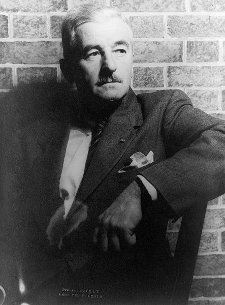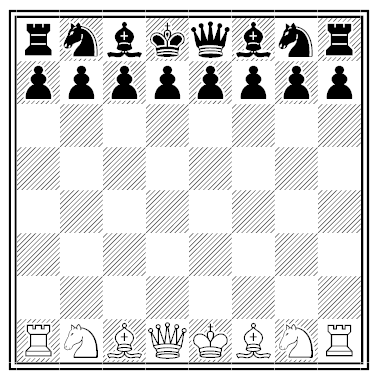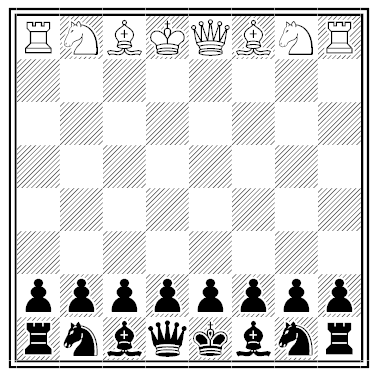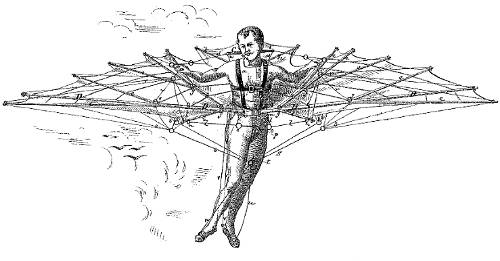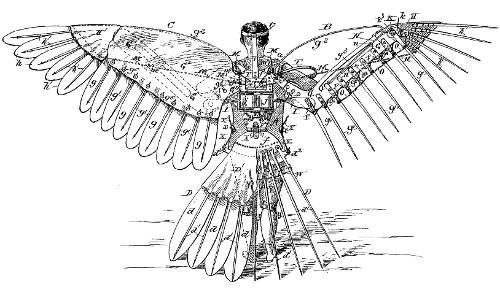Contrived names of American hair-cutting establishments, from a 1979 survey by Ross Eckler:
- Mane Attraction (Cleveland)
- Shy Locks (Alexandria, Va.)
- Heads You Win (Fort Worth)
- Aisle of Style (Schenectady)
- Clipper Ship (Dallas)
- Hair Corps (Orange County, Calif.)
- Mein Hair (Rockland County, N.Y.)
- Hairpoon (Bronx)
- Planethairium (Miami)
- Hairberdashery (Houston)
- The March Hair (San Francisco)
- Hair Raising Adventure (Westchester County, N.Y.)
- Barbary Coast (Cleveland)
- Crazy Razor (Sacramento)
- Chopping Block (Seattle)
- Cliptomania (Saint Louis)
- Jack the Klipper (Staten Island)
- Curl Harbor (Philadelphia)
- Follicle Follies (Manhattan)
- From Hair to Eternity (Baltimore)
- Hairodynamics (Oakland, Calif.)
- Spiral Haircase (Louisville, Ky.)
- Scissors of Oz (Westchester County, N.Y.)
- Blood, Sweat and Shears (Indianapolis)
- (We) Curl Up and Dye (Indianapolis)
“Cutting Corners (Boston, Providence) sounds like a place to avoid.”


